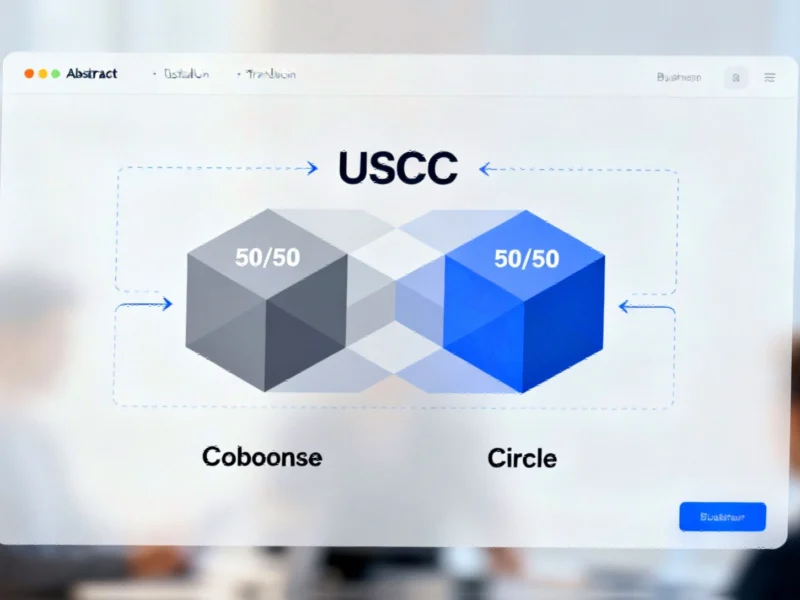According to Financial Times News, China’s factory activity declined for the seventh consecutive month in October, with the official purchasing managers’ index falling to 49, below both analyst forecasts of 49.6 and September’s reading of 49.8. The contraction comes amid weak domestic demand and a “more complex international environment” according to Huo Lihui, chief statistician of the National Bureau of Statistics. While manufacturing overall declined, high-tech and equipment manufacturing sectors prioritized by Beijing showed expansion, and the non-manufacturing PMI rose slightly to 50.1. The data reflects China’s ongoing economic challenges as policymakers attempt to boost domestic consumption while navigating trade tensions with the United States.
Table of Contents
Beyond the Headline Numbers
The persistent manufacturing contraction reveals deeper structural issues within China’s economic transformation. While the headline PMI number captures attention, the divergence between traditional manufacturing and prioritized sectors like high-tech equipment tells a more nuanced story. This isn’t merely a cyclical downturn but reflects Beijing’s deliberate rebalancing toward higher-value industries. The government’s industrial policies are creating a two-track economy where legacy manufacturing struggles while subsidized sectors advance, creating both opportunities and significant transition costs.
The Stimulus Conundrum
Chinese policymakers face a difficult balancing act between short-term stabilization and long-term restructuring. The traditional response to manufacturing weakness would involve infrastructure spending and credit expansion, but Beijing appears hesitant to deploy these tools aggressively. Instead, targeted subsidies for consumer goods and strategic industries suggest a more surgical approach. However, this creates its own challenges – as seen in electric vehicles and solar panels, where government support has led to overcapacity and predatory pricing concerns that now require additional intervention.
Beyond the Temporary Truce
The recent trade war ceasefire mentioned in the data provides little comfort for manufacturers. Even if temporary tariff relief materializes, the fundamental decoupling trend between Chinese and Western supply chains continues. Companies are diversifying production away from China not merely because of tariffs but due to geopolitical risks and rising domestic costs. The manufacturing contraction reflects this structural shift rather than temporary trade policy fluctuations. Export resilience in recent months masks underlying vulnerability as global buyers gradually reduce dependence on Chinese suppliers.
The Consumption Puzzle
Weak domestic demand represents perhaps the most concerning aspect of the manufacturing data. Despite extensive consumer subsidies and promotional campaigns during the October holiday period, household spending remains insufficient to offset external weaknesses. The property market slowdown has created a negative wealth effect that continues to suppress consumer confidence. Unlike previous downturns where infrastructure investment could quickly stimulate recovery, the current situation requires more complex solutions addressing household balance sheets and income expectations.
Navigating the New Normal
The seven-month contraction streak suggests China’s manufacturing sector is settling into a new equilibrium of lower growth. The traditional export-oriented model that powered decades of expansion faces multiple headwinds simultaneously: rising labor costs, technological competition, and geopolitical realignment. While high-tech manufacturing shows promise, it cannot immediately replace the employment and economic contribution of traditional industries. The challenge for Beijing policymakers is managing this transition without triggering broader economic instability or social disruption.
Market Consequences
For global investors and businesses, the manufacturing data signals several important trends. First, China’s role as the world’s factory will continue evolving toward higher-value segments while basic manufacturing migrates to Southeast Asia and other regions. Second, the government’s focus on strategic self-reliance means increased competition in advanced industries rather than retreat from global markets. Third, the persistent weakness suggests further policy support is likely, creating both opportunities in favored sectors and risks of market distortion. Companies operating in China must navigate this shifting landscape where industrial policy increasingly dictates market outcomes.



